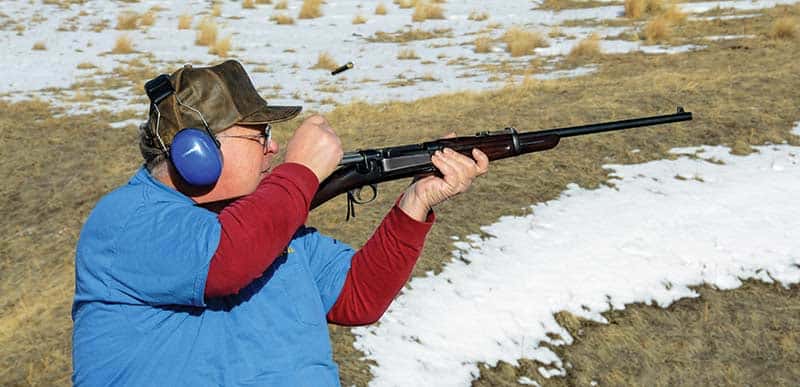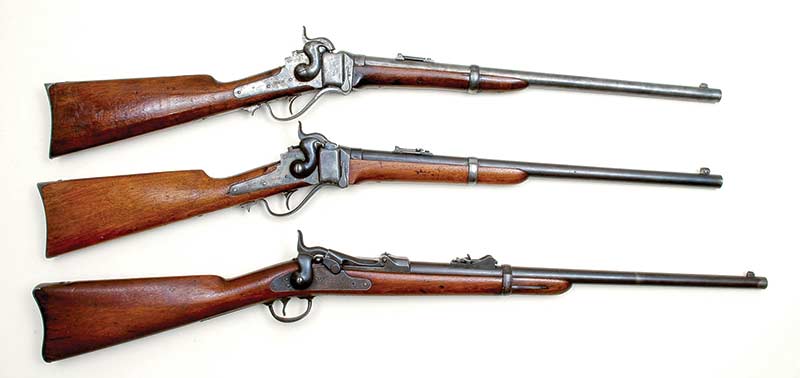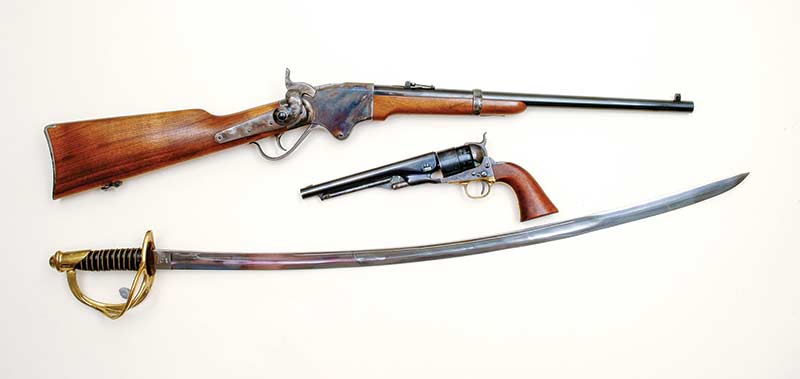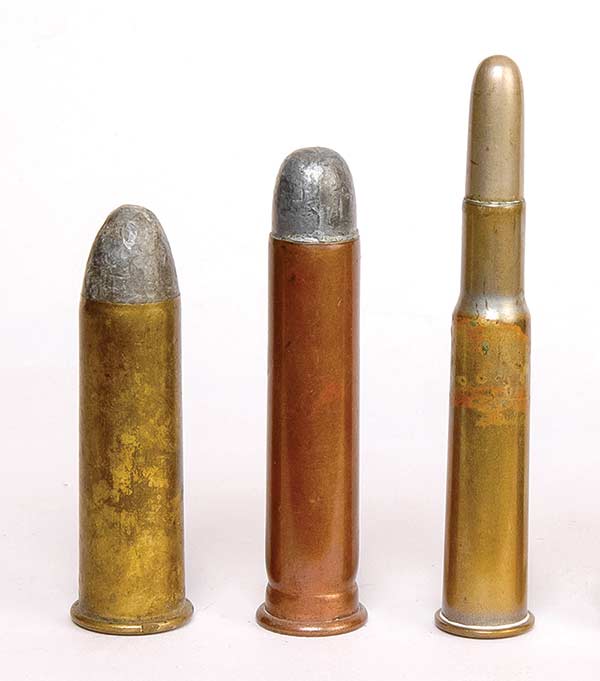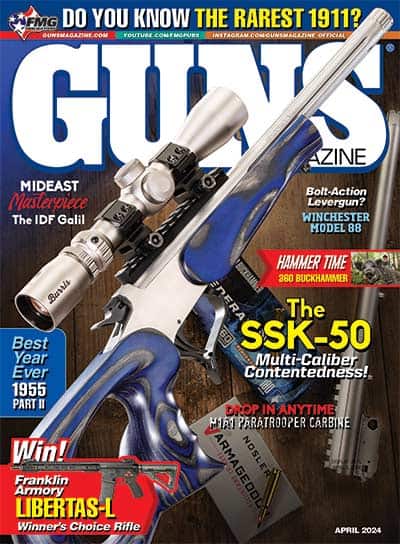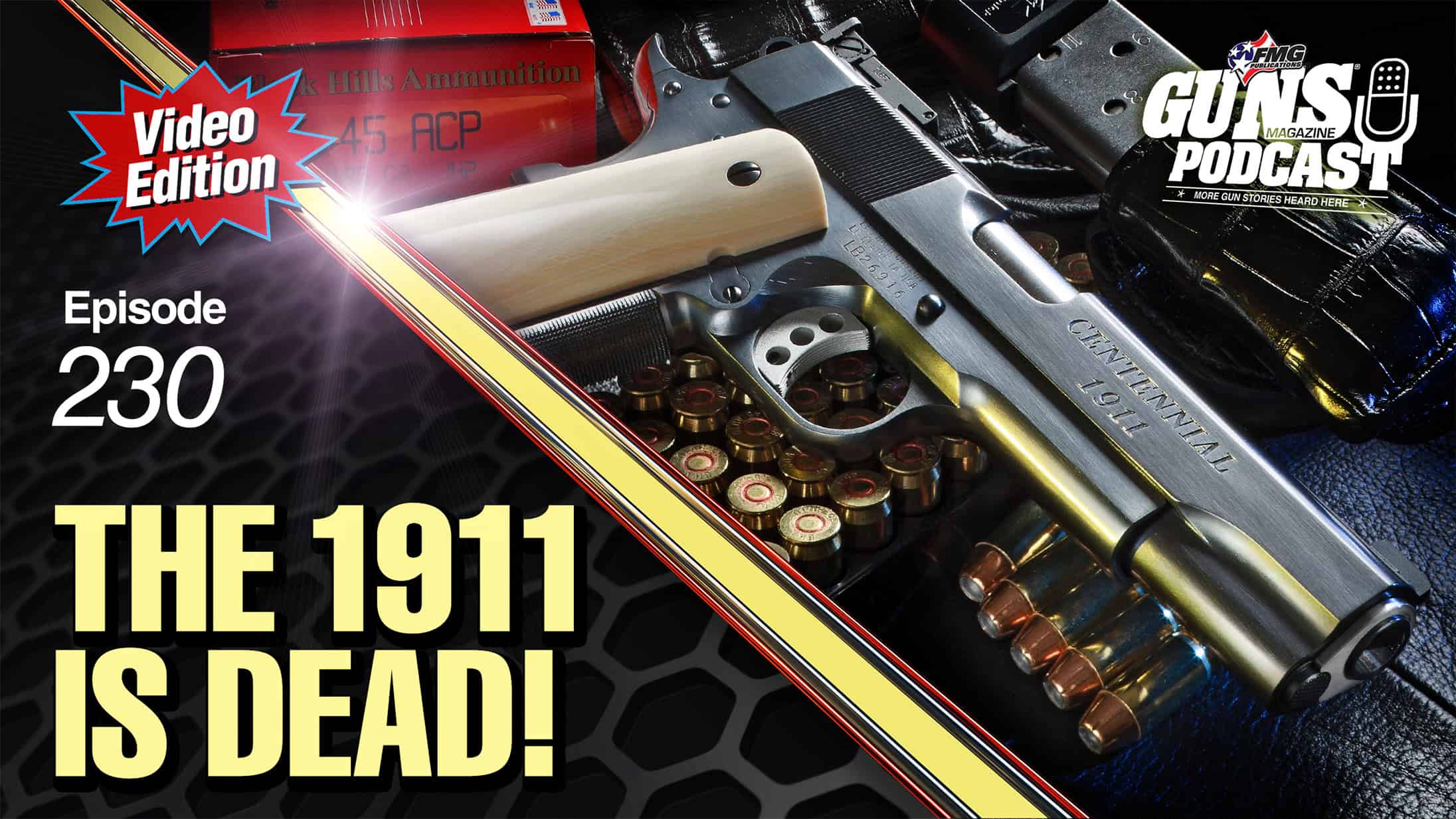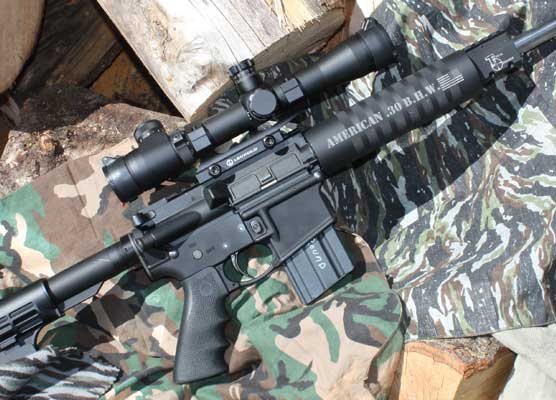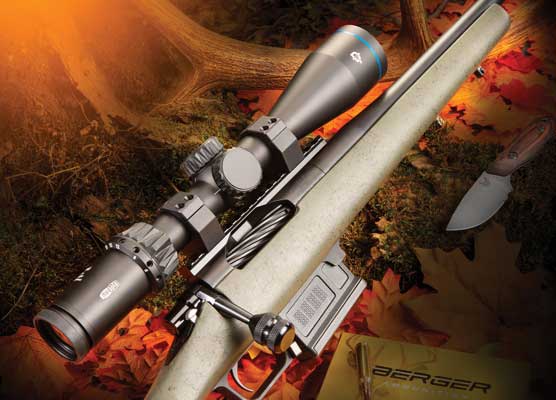Cavalry Carbines
The Horse-Soldier’s Choice
Weight is important to horse soldiers so almost as soon as firearms were invented, efforts were made to lighten them for mounted troops. That said, prior to breech-loading designs, carbines were not practical for mounted troops because it’s unlikely anyone ever got a muzzle loader reloaded on the back of an excited steed. Until the advent of breech-loading carbines, sabers and later revolvers were considered horsemen’s dominant weapons.
From Melee To Unmounted
American tactics began to change during the Civil War of 1861–1865. Instead of wild melees of sword-swinging wild men (though there were a few of these melees) both Union and Confederate cavalry began dismounting and going at one another from the ground with their carbines. Note one important aspect of the Gettysburg Battle in 1863 was Union General Buford had his cavalry troops occupy the high ground on the fight’s first day. They kept the southern infantry at bay with their carbines until relieved by their own infantry.
As a student of American military history, I’ve managed to own samples of most late-1800s U.S. Cavalry carbines, both originals and modern replicas. On the original side, I’ve owned a Sharps Model 1863, Model 1868 .50 Gov’t (metallic conversion of ’63s), Springfield trapdoor Model 1873 .45 Gov’t and Springfield Model 1896 .30 Army (Krag). Once I even borrowed a fellow’s Spencer Civil War-era carbine, all of which fired rimfire cartridges, fitted it with a centerfire breechblock and shot it a bit. More recently, I tried a modern Italian replica Spencer .56/50 centerfire belonging to a friend. It impressed me. Despite their short barrels, all the cavalry carbines mentioned were capable of surprising accuracy despite their very basic sights.
Notice in the above paragraph no mention of caliber was stated for the Sharps Model 1863. Back in 1984, at a garage sale I stumbled on a genuine paper cartridge firing Sharps Model 1863 carbine. Powder and ball (bullet) were contained in a nitrated paper tube with ignition supplied by separate percussion caps. Caliber for the Sharps ’63 was stated as either .52 or .54. Slugging my new acquisition revealed its barrel groove diameter was precisely 0.53″. Regardless, a proper bullet mold was found and Yvonne’s nimble fingers helped me tie nitrated paper to its 500-grain balls. Sixty grains of FFg black powder went into the paper tube. I looked at the lash-up and said to myself, “Never work!”
At the range a large piece of paper was hung at 25 yards. The first shot printed at 12 o’clock high. Two more shots seemed to disappear until I walked to the target. All bullets had cut the same hole.
In the summer of 1868, a 50-man troop of “plainsmen” (scouts) were recruited to chase Cheyenne Indians in western Kansas and eastern Colorado. They were armed with Spencer repeating carbines and Colt Model 1860 cap-and-ball revolvers. Ironically, the Cheyenne warriors found the “plainsmen” first and attacked early one morning. Luckily the scouts had camped near a river where a sandy island had formed. They skedaddled to it and using their Spencer carbines, fought off the warriors for several days. This skirmish came to be known as The Battle of Beecher’s Island for a young lieutenant killed there.
The Sharps Model 1867/1868 .50 Gov’t (.50-70) carbines have an odd history. They actually were issued to U.S. Cavalry in the west but documentary evidence of use in combat is sketchy except for the large fight with Indians at the Little Bighorn in June 1876. No less than 28 of those Sharps were fired at 7th Cavalrymen as proven by modern archaeology! The carbines had been given to Sioux Indians on reservations for hunting purposes.
New
During the Little Bighorn Battle, 7th Cavalrymen fought with a new carbine just developed in 1873, the Springfield Model 1873 or “.45 Gov’t.” It used a cartridge, which could be termed .45-55 or .45-70, depending on exact powder loading. There was some controversy about the effectiveness of those new weapons because the copper-cased military ammunition sometimes stuck in the chambers of overheated carbines. A simple cleaning rod would have been a great aid but naturally no one in the Ordnance Department considered it until after the great battle.
The last American cavalry carbines were nicknamed “Krags” after one of their designers. Actually the carbines officially were Models 1896, 1898 and 1899, varying only in minor changes. “Krags” infantry rifles or cavalry carbines were all of the same basic design. They were turn-bolt actions feeding from a box magazine opening on the receiver’s right side. Rounds were dropped in singly.
When the box was closed, the cartridges were forced under the action, the bolt picking them up for chambering from the right side. Another first was “Krags” were chambered for the United States Army’s first smokeless powder cartridge. It was termed .30 U.S. Army but is known far and wide today as the .30-40 Krag.
When the “Rough Riders,” led by Lt. Col. Teddy Roosevelt, charged up San Juan Hill in Cuba during the Spanish American War of 1898, they were carrying Model 1896 “Krag” carbines. Even more were used during what became known as the Philippine Insurrection at the beginning of the 20th century.
Carbines in the hands of American horse soldiers served during an exciting time in our history. With them, the U.S. Cavalry fought other Americans in the Civil War, then went on to battle a host of different Plains Indian tribes and finally went against Spanish troops and Philippine rebels thousands of miles away. All of this happened in less than a half-century.
